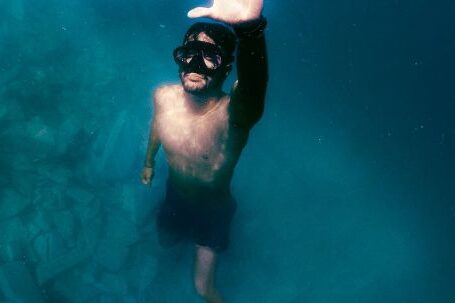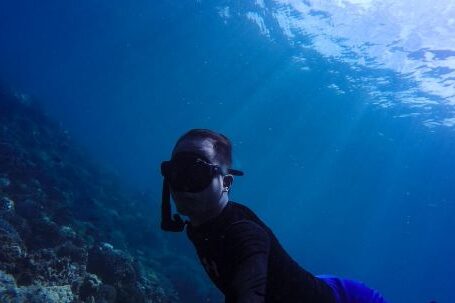Night diving is an exhilarating and unique experience that allows divers to explore the underwater world in a whole new light, quite literally. As the sun sets and darkness descends, the underwater environment undergoes a transformation, revealing a hidden realm teeming with nocturnal creatures. However, night diving also presents its own set of challenges and requires careful preparation to ensure a safe and enjoyable experience. In this article, we will discuss what to expect when night diving and provide some tips on how to prepare for this thrilling adventure.
The Magic of Night Diving
Night diving offers a completely different perspective of the underwater world. As you descend into the depths, you’ll notice that the colors become muted and the visibility decreases. However, this darkness is quickly dispelled as you turn on your dive light, revealing a mesmerizing display of marine life. Many creatures that are rarely seen during the day come out to hunt and feed under the cover of darkness. From bioluminescent plankton to octopuses and moray eels, the nocturnal underwater world is full of surprises and wonders.
Preparing for a Night Dive
1. Choose the Right Location: When planning a night dive, it is important to select a dive site that is suitable for night diving. Look for locations with good visibility during the day and check if they allow night diving. Some dive sites may have specific rules or restrictions for night dives, so it’s essential to do your research beforehand.
2. Check Your Equipment: Before heading out for a night dive, thoroughly inspect your diving equipment. Ensure that your dive light is fully charged and in proper working condition. It’s also a good idea to bring a backup light in case of any malfunctions. Check that your buoyancy control device (BCD), regulators, and other gear are functioning correctly.
3. Familiarize Yourself with the Dive Site: If you’re diving at a new location, take the time to familiarize yourself with the dive site layout during daylight hours. This will help you navigate more easily in the dark. Pay attention to any potential hazards or obstacles that you may encounter during the dive.
4. Communicate and Buddy Up: Night dives require a higher level of communication and coordination with your dive buddy. Establish a clear and simple set of hand signals to communicate underwater. It’s also essential to stay close to your buddy and maintain visual contact throughout the dive. Good communication and buddy awareness are crucial for safety during a night dive.
5. Dive Planning and Safety Procedures: Prior to the dive, create a dive plan that includes the maximum depth, estimated bottom time, and planned route. Implement safety procedures such as conducting a thorough pre-dive safety check, performing a proper descent, and monitoring your air supply regularly during the dive. It’s also advisable to have a surface marker buoy (SMB) readily available to signal your location to the boat or other divers.
6. Dive with a Guide: If you’re new to night diving or unfamiliar with the dive site, consider diving with a professional dive guide. They can provide valuable insights, point out interesting marine life, and enhance your overall experience.
Conclusion
Night diving offers an extraordinary opportunity to witness the underwater world in a whole new light. By preparing adequately and following proper safety procedures, you can have a safe and unforgettable night diving adventure. Remember to choose the right location, check your equipment, familiarize yourself with the dive site, communicate effectively with your dive buddy, and plan your dive accordingly. With the right preparation, you’ll be ready to explore the mysterious and captivating underwater world after dark. So, grab your dive light and get ready to embark on an unforgettable night diving experience.





